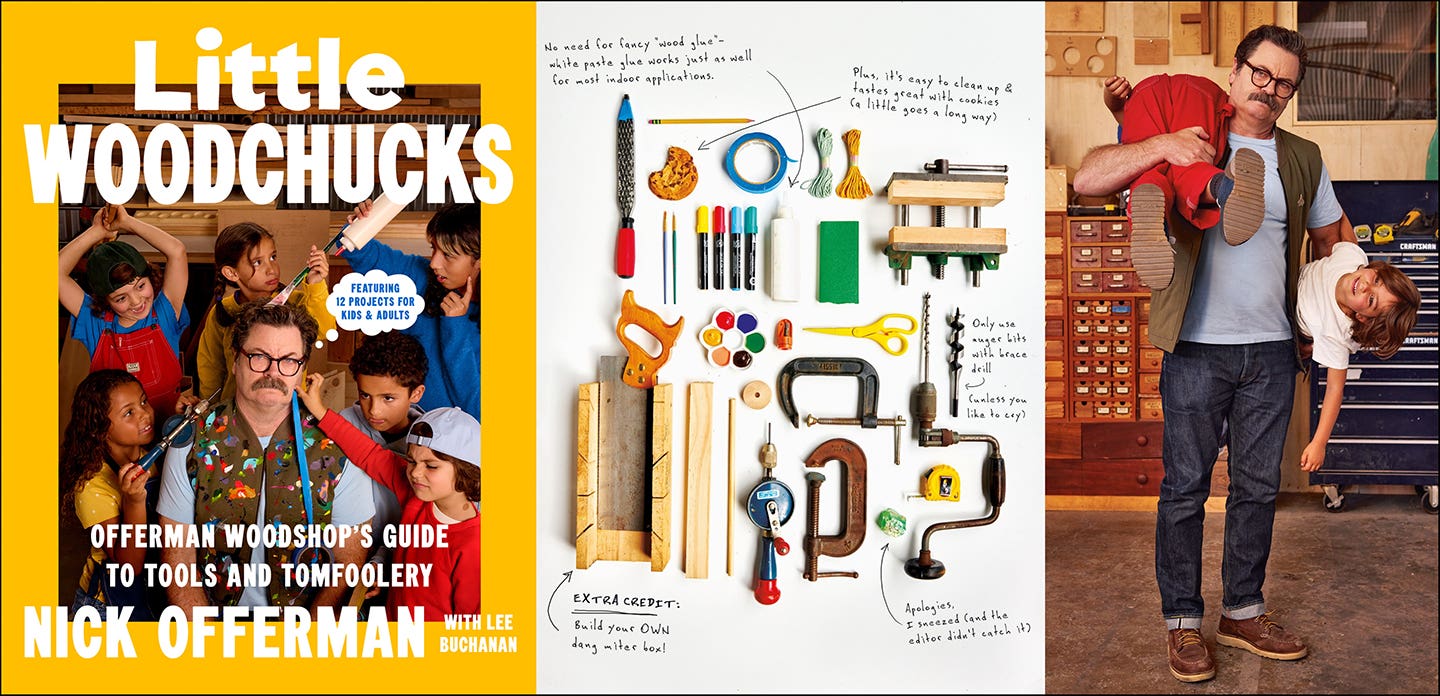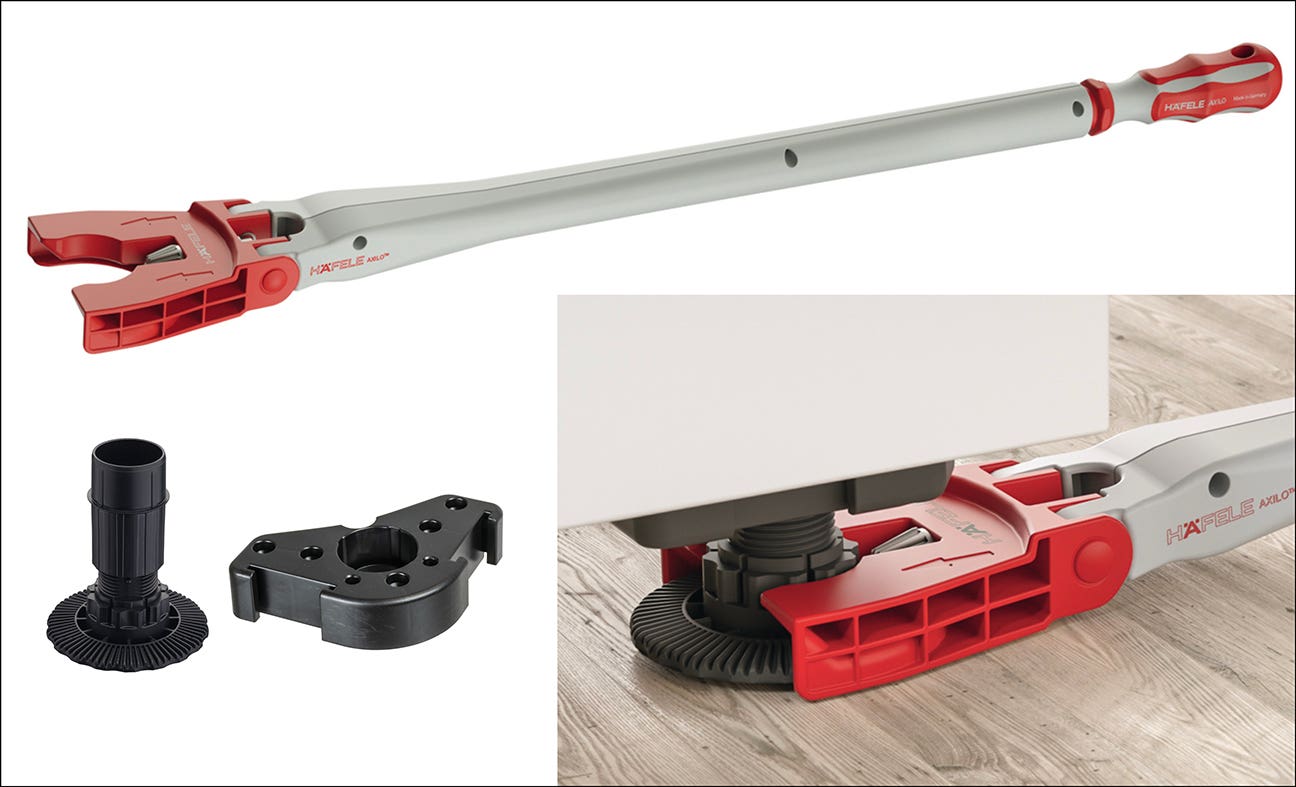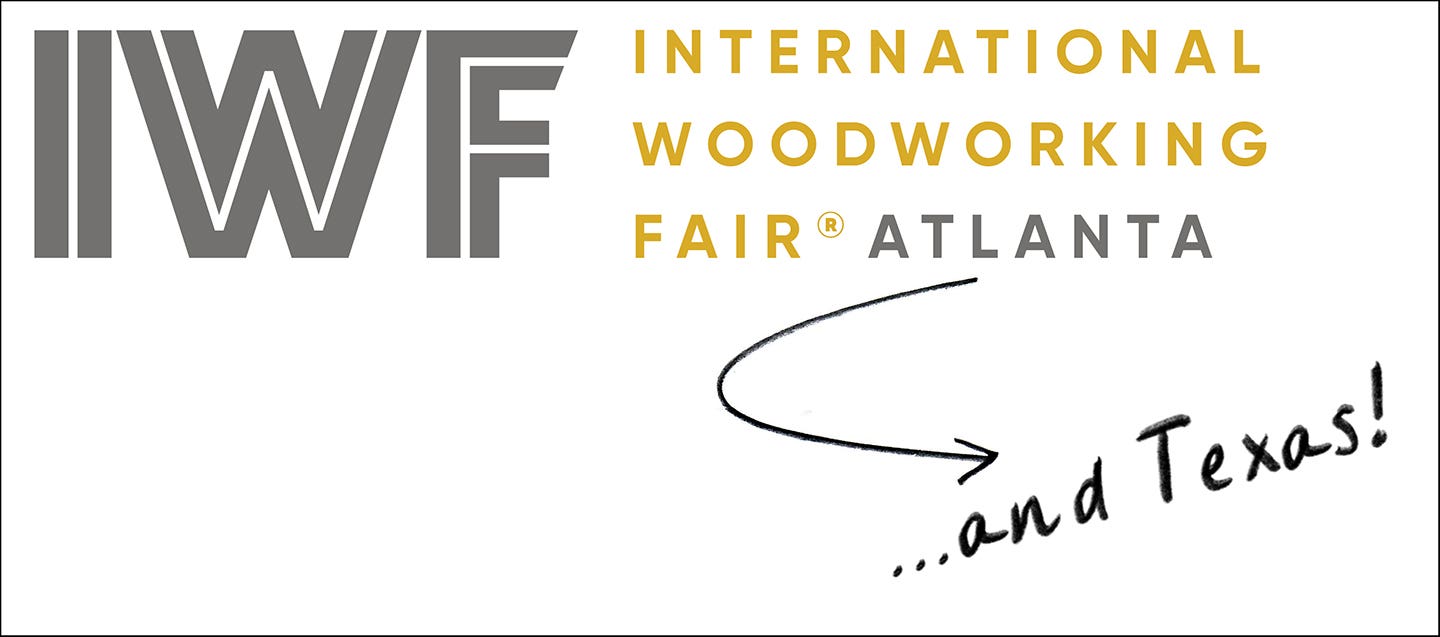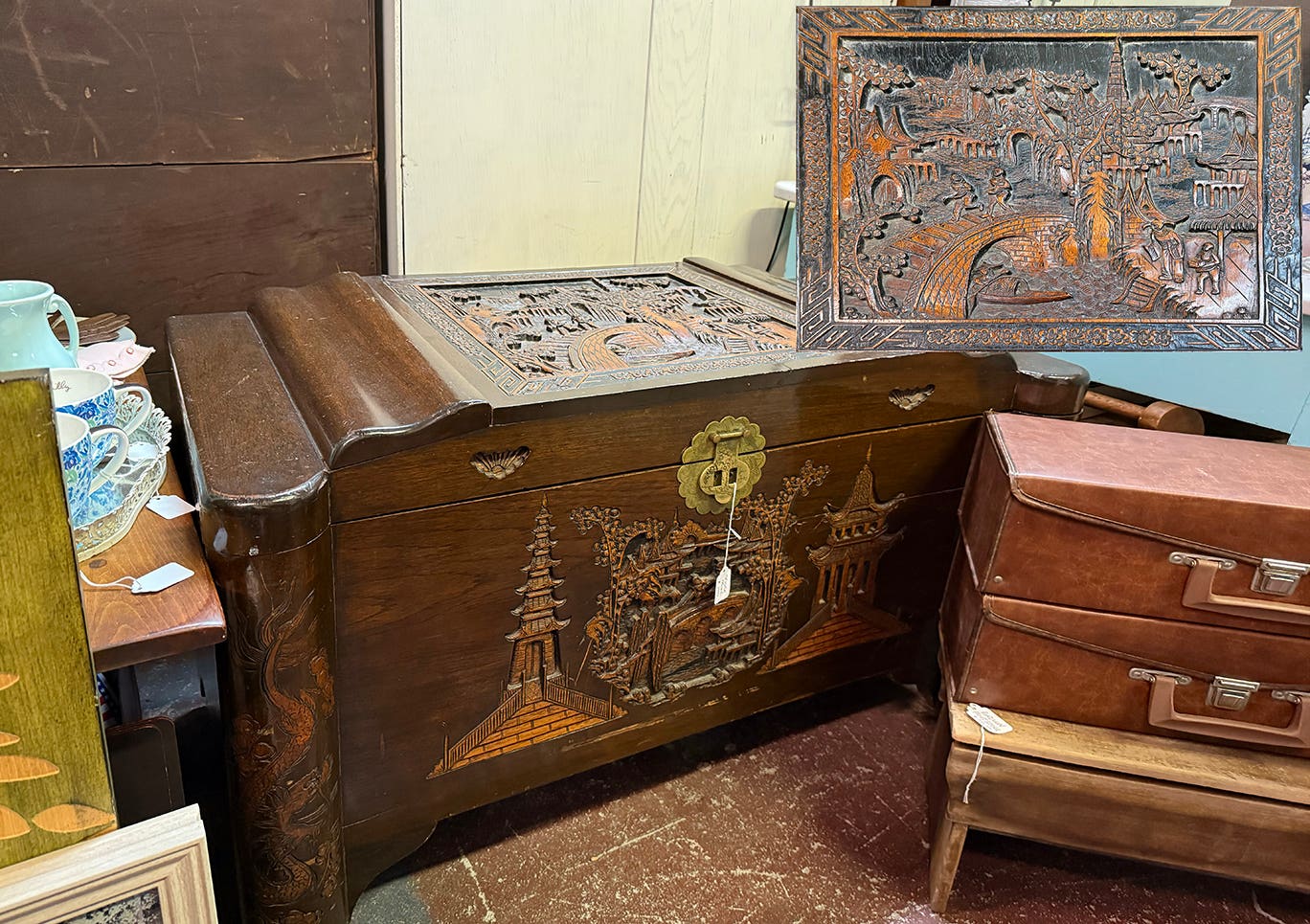Learn lean production and cut the excess
Chopping the fat and shortening the wasted time on your shop floor can boost production and please your customers {loadposition position10} Everyone has felt the effects from the economic downturn…
Chopping the fat and shortening the wasted time on your shop floor can boost production and please your customers
{loadposition position10}
Everyone has felt the effects from the economic downturn during the last several months. Sales are down, income has been lost, profits have been reduced and efficiency has been negatively impacted, resulting in increased operating costs. So the question becomes: What can be done to at least partially offset these economic issues? More importantly, what can be done to make my business even stronger once the economy improves?
Well, most people understand that the key to survival and to building a stronger business is to develop and strengthen a loyal customer base. However, in order to do this, we must first understand exactly what our customers want and, additionally, we must understand what motivates them to want to do business with us. Think about it for a minute. When a customer buys a product, what do they want? They want the same thing we want when we buy something: quality (no errors), speed (on-time delivery), and reasonable prices (lowest possible cost). To be successful, it is important that businesses recognize that low quality (items with defects that need to be repaired, or "reworks") and slow speed (product throughput or exit rate) are elements that make products more expensive. Note that these problems are contrary to customer expectations and affect our ability to attract and retain long-term customers and to make a profit.
So how do you achieve high quality, on-time delivery and low cost? The answer can be found within the concept called "lean."
Much has been written about this subject during the last few years and many companies have embraced this concept and implemented lean practices within their organizations. Some have been successful; others have achieved moderate success. A few have failed along the way. So what exactly is lean and how can it benefit the small-to medium size woodworking shop?
First, let's briefly take a look at the background of lean production, which has appeared under many different names such as "lean manufacturing" and "just-in-time." However, the best known name is the Toyota Production System, named after the company that successfully developed and implemented lean production for many years to the point that it propelled that company last year to the No. 1 position in automotive manufacturing. Lean production eliminates the causes of waste, allowing processes to speed up product flow, improve customer responsiveness and reduce cost; all of which are very important aspects to any successful business.
Although there are many, many aspects to lean production, one aspect that can be addressed relatively easily in your shop is waste reduction. Waste is any activity that consumes resources (people, energy, machine capacity, etc.) but creates no value for the customer. Therefore, any element in the production of a product that adds cost and time that the customer is not willing to pay for is considered waste. In order to eliminate the causes of waste, we must first work towards developing what Toyota calls "Eyes for Waste." Take a look around your shop by taking a "Waste Walk." How many types of waste can you identify? Often we become so used to seeing something that we think it's just the way things are. However, that approach will not make you lean or help to reduce your operating costs. Simply stated, wastes (plural) drain operating cash out of your business. Therefore, the elimination/reduction of wastes is critical to the success of any business, no matter how large or small.
Toyota's approach through the years has been to identify all the types of waste that drain cash out of a company and to attack those sources of waste. They have identified eight types of waste as follows:
Correction of product defects: This is the first type that readily comes to mind when we think about waste. It is making something with a defect, or something that is not acceptable in meeting customer needs. Look around your shop. Can you identify products that have a high defect rate? If so, ask your employees to document reasons for the defect (or defects) during a reasonable period of time. Look at the data that has been collected and separate it by cause. Do you see a pattern developing? Then investigate the most frequent cause(s) for the defect(s) and develop a corrective action plan to prevent the defect from occurring. The solution might be as simple as developing a jig or guide, making a machine adjustment or repair, cleaning or developing a new procedure. It could be all that is needed is a chart of machine settings or conversions by product.
Overproduction: This is the No. 1 cause of waste. Typical accounting systems treat inventory as an asset. Why, then, would overproduction be considered waste? Overproduction is waste because something was made that is not currently needed. Cost was incurred to produce the product for labor, energy, material, etc., and to store the product. Storage space requires expenditures for buildings, lighting, taxes, insurance, racking, material movement equipment, maintenance, etc. Additionally, stored product runs the risk of becoming damaged, obsolete or lost. Get the picture? Money is tied up in something that has not been sold yet. This money could be better used by investing it for a return, using it in lieu of securing a loan and paying interest, or using it to produce products that have a current demand. Look at your sales history and finished-product inventory levels by item. Associate a cost with these inventory levels to see where the majority of cash is invested. Look for opportunities to reduce or eliminate tying up excess cash in slow-moving inventory.
Motion: Excessive or unnecessary motion is waste. Examples include multiple handling of product, movement of product from one area to another, and walking to get things such as tools, templates, setups, wood, glue and components. Since the people using excessive motions are most likely being paid by the hour, guess what? You are actually paying those individuals to generate waste. However, it is usually not their fault. After all, they did not create the floor layout. In this case, a technique called a Spaghetti Diagram is useful in identifying motion/movement waste. Observe the person as they work and sketch a rough diagram of their work area. Draw a line with an arrow each time they go from one area to the next to perform an element of their job. Number each stop point in which work is performed. Then write a brief description of the work performed at each numbered point. When you are finished, chances are the diagram will look like a plate full of spaghetti. Work at eliminating or reducing wasted motions and walking (reduce the spaghetti) by locating needed items as close as possible to their point of use.
Material movement: A Spaghetti Diagram can also be useful for moving materials. When the diagram is completed, examine it to determine how far and where materials are being moved. Are materials located near the point of use? Can they be located in a better place?
Waiting: Idle time is waste. Do employees have everything they need such as materials, setups, components, tools, etc., when they start a job? What about work instructions? Are work instructions, drawings, customer orders, etc., available when and where they are needed? Are they readable, understandable, concise and accurate? Does the employee have enough information, too much information and the right information provided?
Inventory: Excess inventory is waste. As stated above, it ties up operating cash that could be better used somewhere else, whether for earning returns or used instead of borrowing money and paying interest. This does not mean you can operate with zero inventory. But it does mean you should only have enough inventory on hand to service your customers until you can produce more of what they are buying. This will require you to work with your suppliers to ensure quick delivery on materials on an as-needed basis. As your business gets leaner (reduces wastes and develops faster throughput), strive to service your customer on a make-to-order basis, rather than relying on stockpiles of inventory.
Processing waste: This type of waste falls under the category of over-engineering. Every processing step that a product goes through adds cost. Is the extra processing step something the customer really needs or wants? You may think they want it, but have you really asked them? More importantly, is this additional cost for the extra processing something the customer is willing to pay for?
Underutilized people: Are you taking advantage of the knowledge, ideas, experience, and suggestions that your employees have to make improvements? If not, you may be missing out on one of the most important assets you have at your disposal to implement continuous improvement ideas and reduce operating costs.
There are many different aspects of lean production, and instilling a lean culture within your shop is not something that just happens overnight. However, by applying the lean principle of waste reduction, improvements can be realized in your operation and a competitive edge developed; all through the benefits of shorter lead times, less material handling, lower cost for storage and floor space, and fewer customer service activities.
Bob Ward is the Lean Manager at Osborne Wood Products Inc.
This article originally appeared in the September 2009 issue.
A.J. Hamler is the former editor of Woodshop News and Woodcraft Magazine. He's currently a freelance woodworking writer/editor, which is another way of stating self-employed. When he's not writing or in the shop, he enjoys science fiction, gourmet cooking and Civil War reenacting, but not at the same time.







